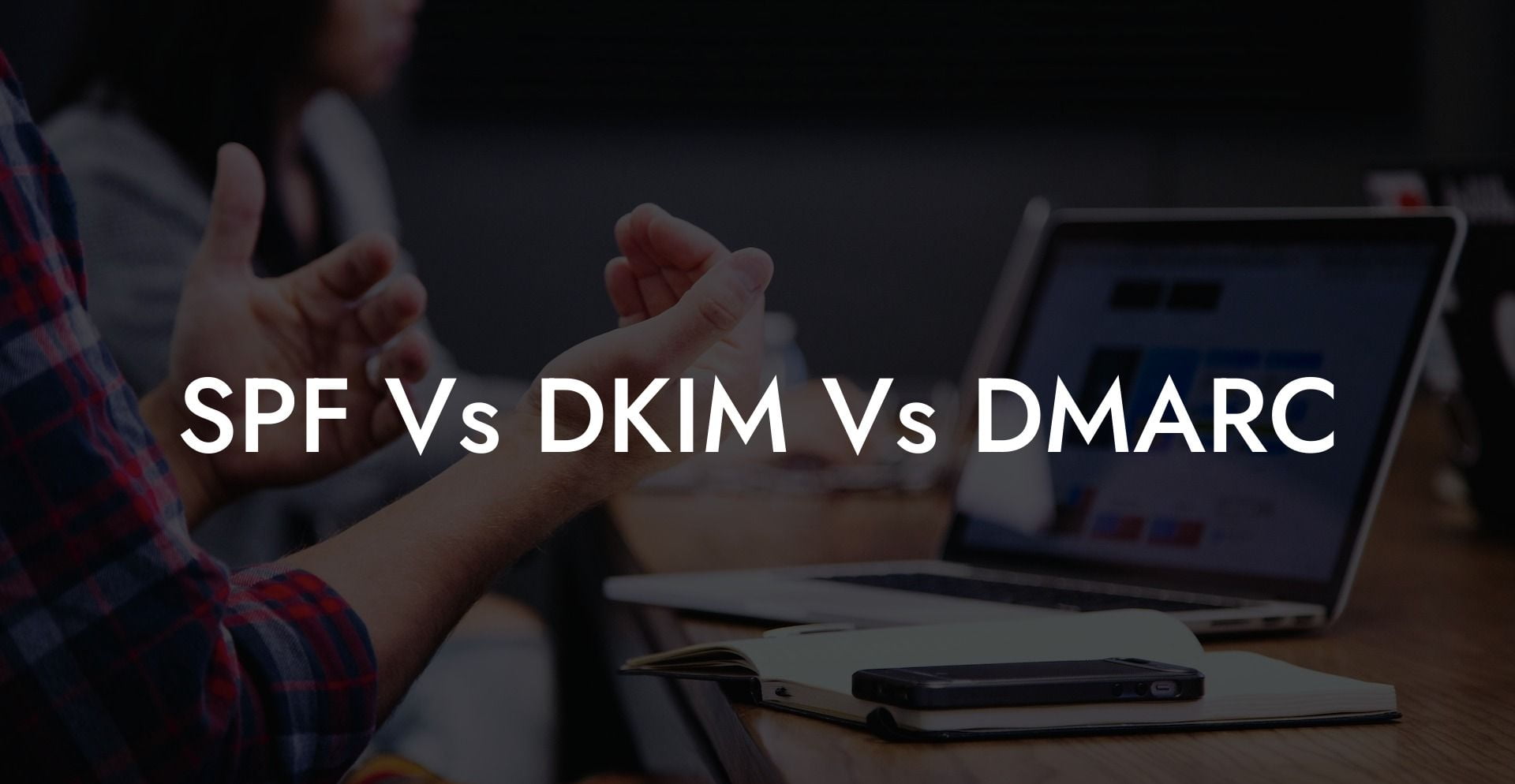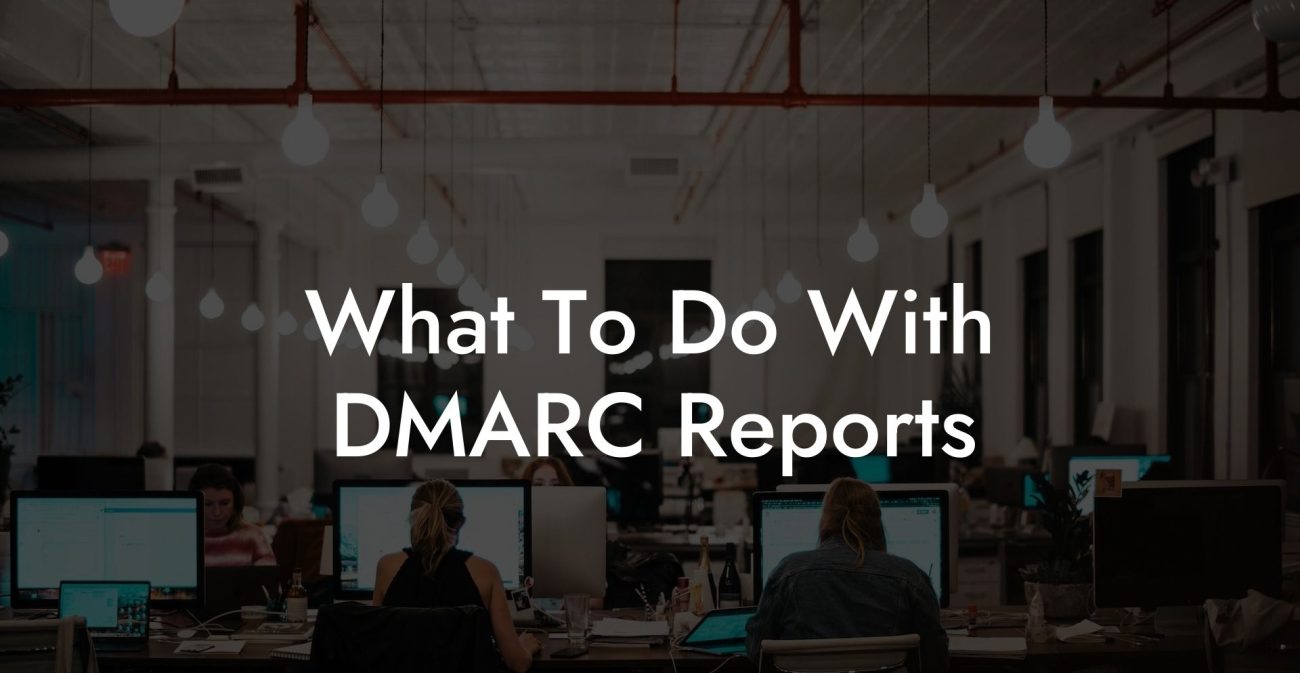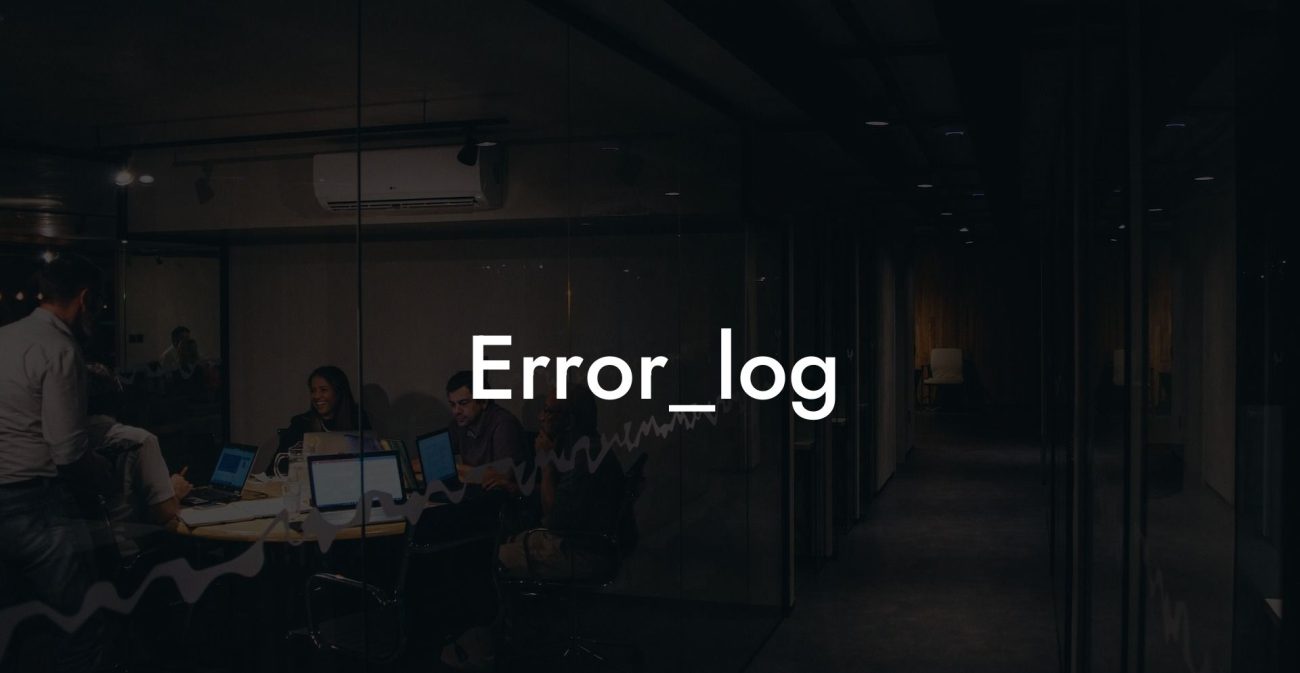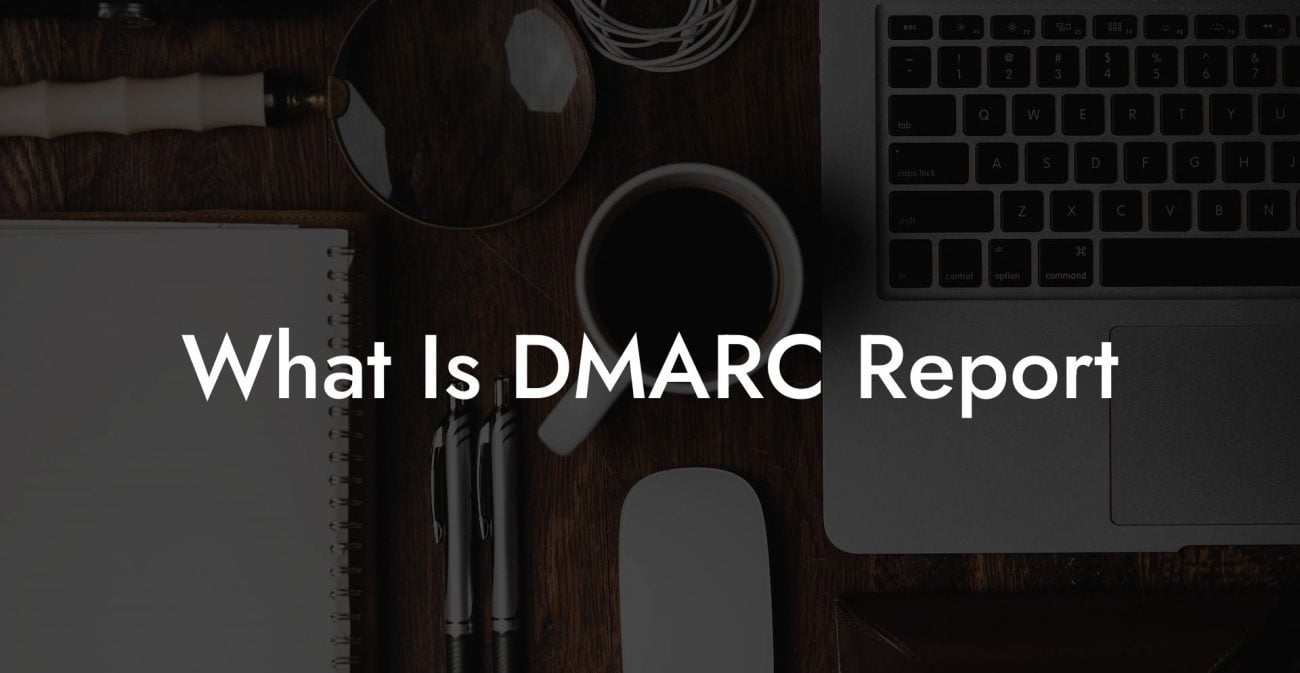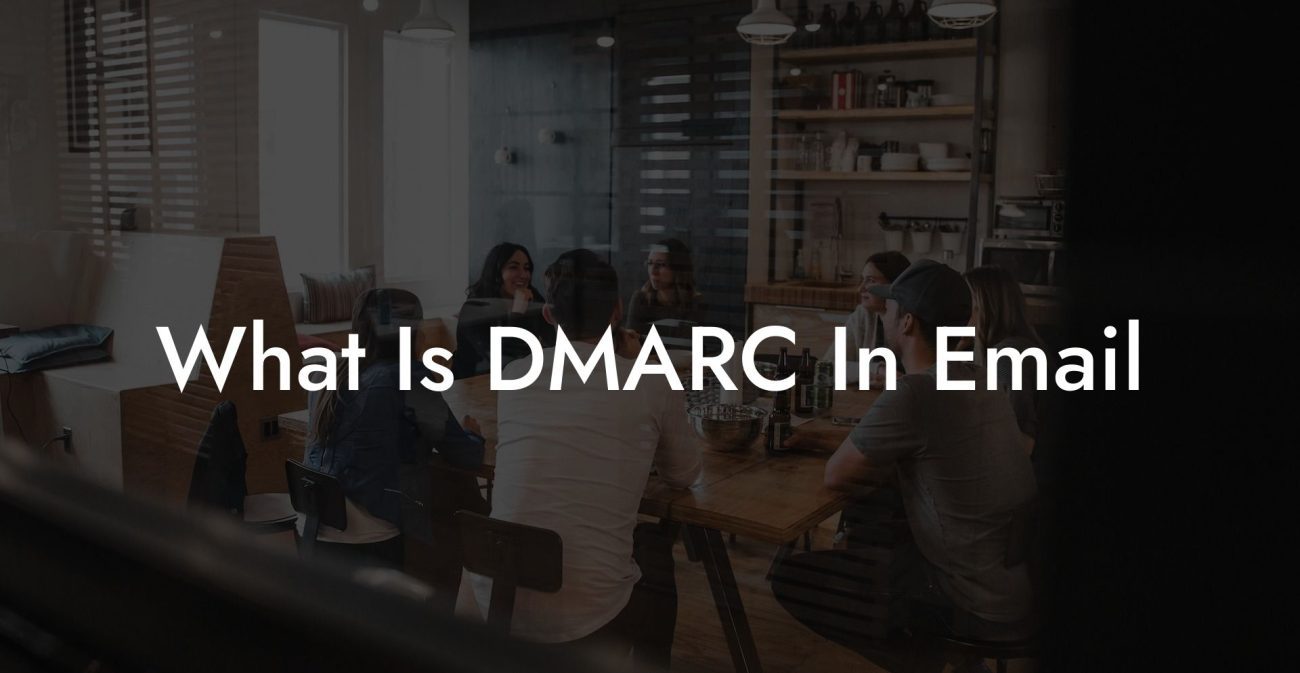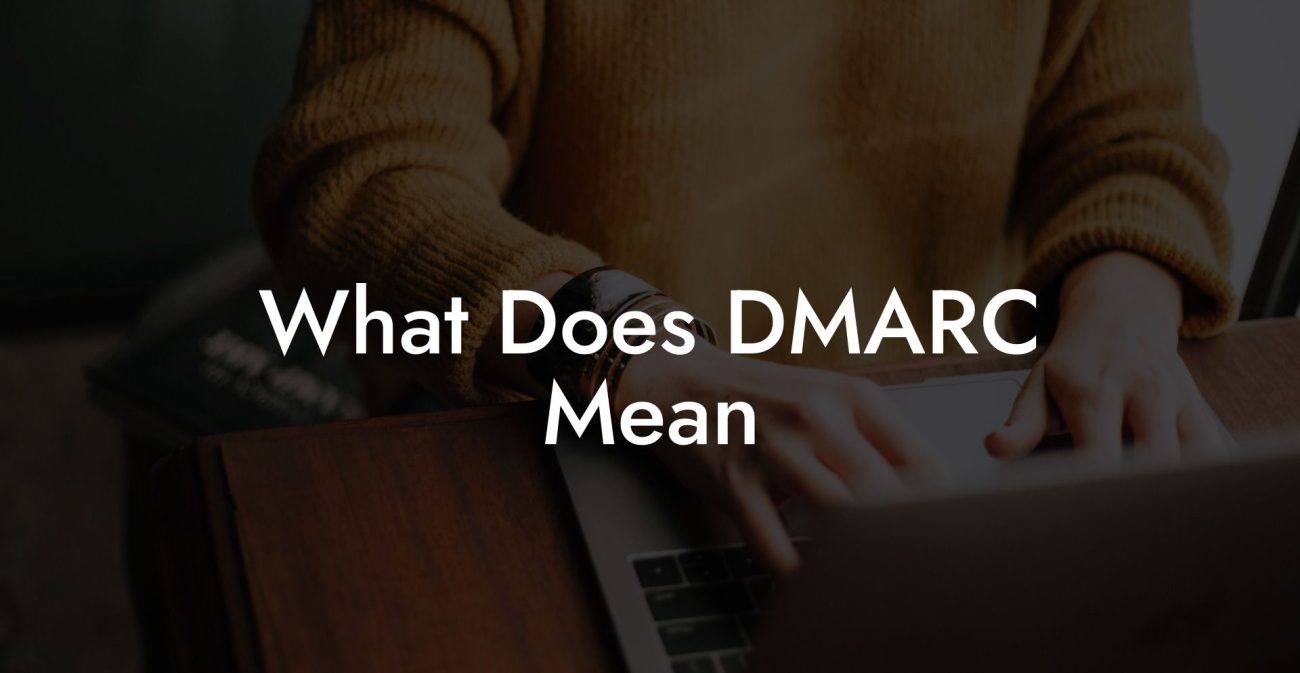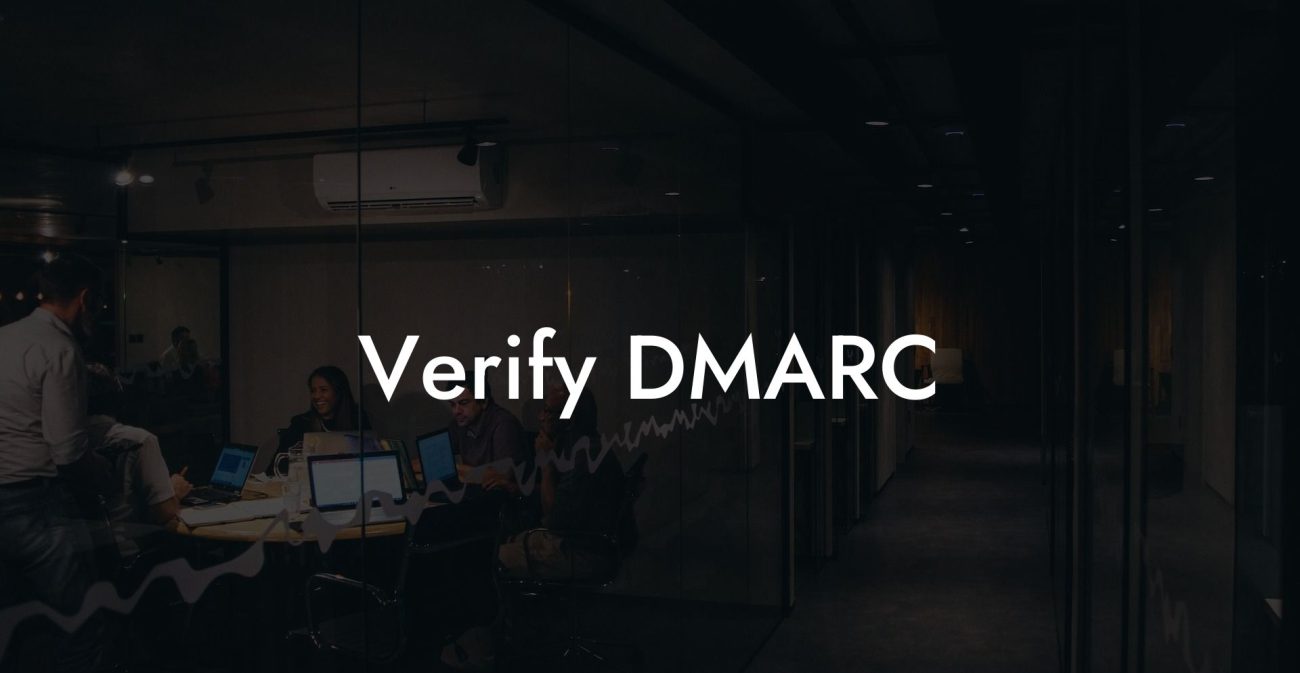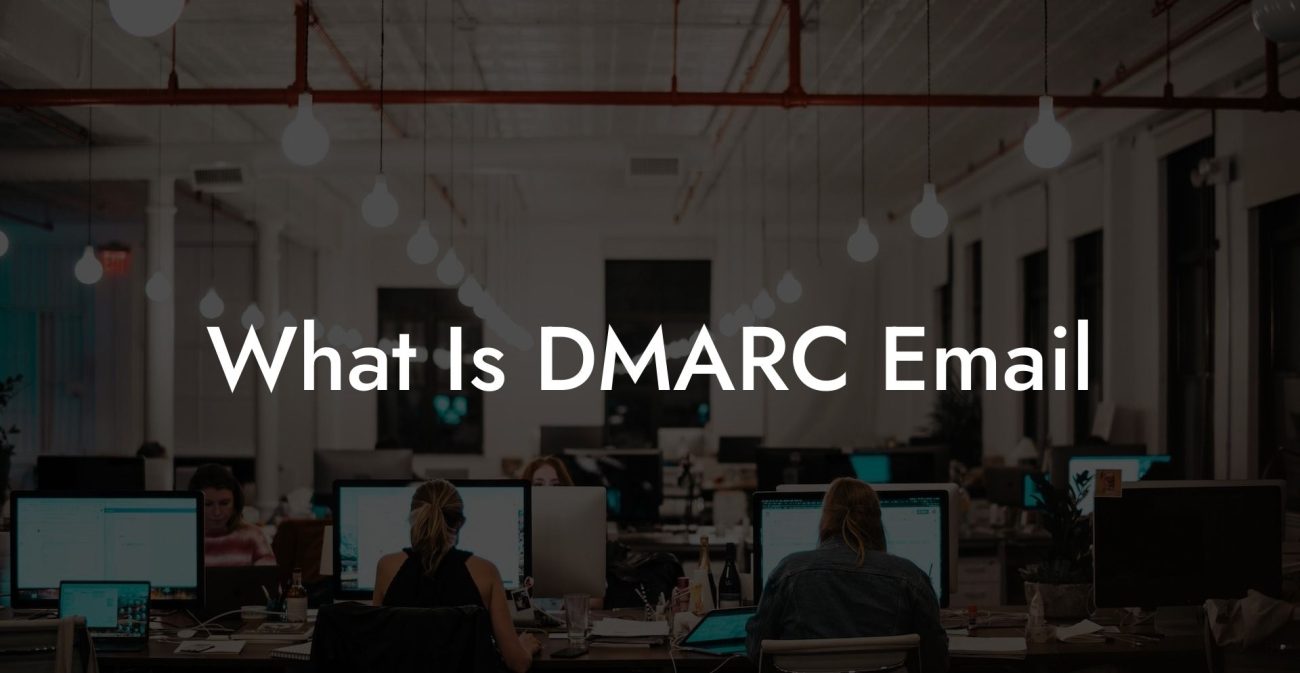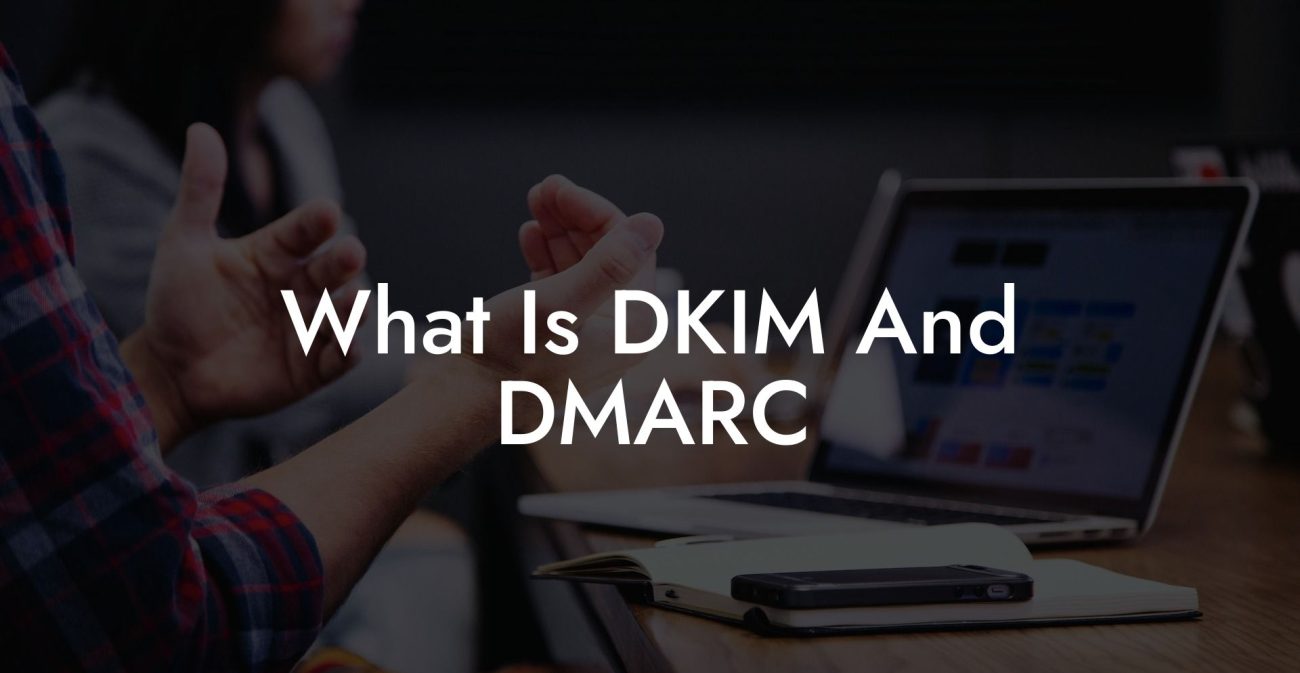Email security has been a constant concern for organizations and individuals alike due to the ever-evolving threat landscape. As criminals continuously adapt their methods, it's crucial for businesses to recognize the best cybersecurity practices that can help safeguard their digital assets. In this blog post, we'll explore three essential email security protocols - SPF, DKIM, and DMARC - the differences among them, and how you can implement them together for a comprehensive email security plan.
What is SPF?
Sender Policy Framework (SPF) is an email authentication method designed to prevent email spoofing. It helps validate that an email was sent by a server authorized by the domain's DNS (Domain Name System) record instead of an unauthorized third-party. By including an SPF record in your domain's DNS, you authorize specific email servers to send mail on behalf of your domain, helping to reduce the risk of spam and phishing attacks.
How SPF Works:
- Email servers receive an inbound mail.
- The receiving server checks the SPF record for the sender's domain.
- If the email was sent from an authorized server, the receiving server accepts the email.
- If the email was sent by an unauthorized server, the receiving server can reject or mark it as spam.
What is DKIM?
Protect Your Data Today With a Secure Password Manager. Our Top Password Managers:
DomainKeys Identified Mail (DKIM) is an email authentication technique that provides cryptographic proof for the origin and the integrity of an email message. It attaches a digital signature to every email sent from an authorized server, assuring recipients that the email is genuine and hasn't been tampered with during transmission.
How DKIM Works:
- An authorized email server sends a signed mail.
- The receiving server checks the DKIM signature to verify the authenticity and ensures that the mail hasn't been altered.
- If the email is valid, it is accepted by the receiving server.
- If the signature isn't valid, the receiving server may reject or mark the mail as spam.
What is DMARC?
Domain-based Message Authentication, Reporting, and Conformance (DMARC) is an email security policy that combines SPF and DKIM validation while offering a reporting mechanism to provide insights into email traffic sent from a specific domain. DMARC allows domain owners to determine the action to be taken when emails fail SPF or DKIM checks, ensuring better control over email security.
How DMARC Works:
- Email servers receive an inbound mail.
- The receiving server checks the DMARC policy for the sender's domain and verifies if the mail passes SPF and DKIM checks.
- If the email complies with the DMARC policy, the receiving server accepts the mail.
- If the email fails DMARC validation, the receiving server follows the action specified by the domain owner, such as rejection or quarantining.
SPF Vs DKIM Vs DMARC Example:
Imagine a scenario where an attacker attempts to commit a voice phishing attack by impersonating a reputable brand. The attacker sends a fraudulent email using a spoofed domain name with malicious intent.
Without the implementation of SPF, DKIM, and DMARC, their emails might get into the recipient's inbox, making this phishing attack plausible. However, if the reputable brand had SPF, DKIM, and DMARC in place:
- SPF would prevent the attacker from using an unauthorized domain.
- DKIM would ensure that the email is not altered in transit and is genuine.
- DMARC would tell the receiving email server to reject emails that fail validation checks.
In this case, the possibility of a successful voice phishing attack would be drastically reduced.
Implementing SPF, DKIM, and DMARC in a unified email security strategy is a powerful approach to combat voice phishing and other email-based attacks. Although it may seem intimidating to set up these protocols, having all three in place provides comprehensive coverage against an ever-evolving email threat landscape. Share this post with your network and help raise awareness about email security. Be sure to explore other informative Voice Phishing guides to enhance your cybersecurity knowledge.
Protect Your Data Today With a Secure Password Manager. Our Top Password Managers:

